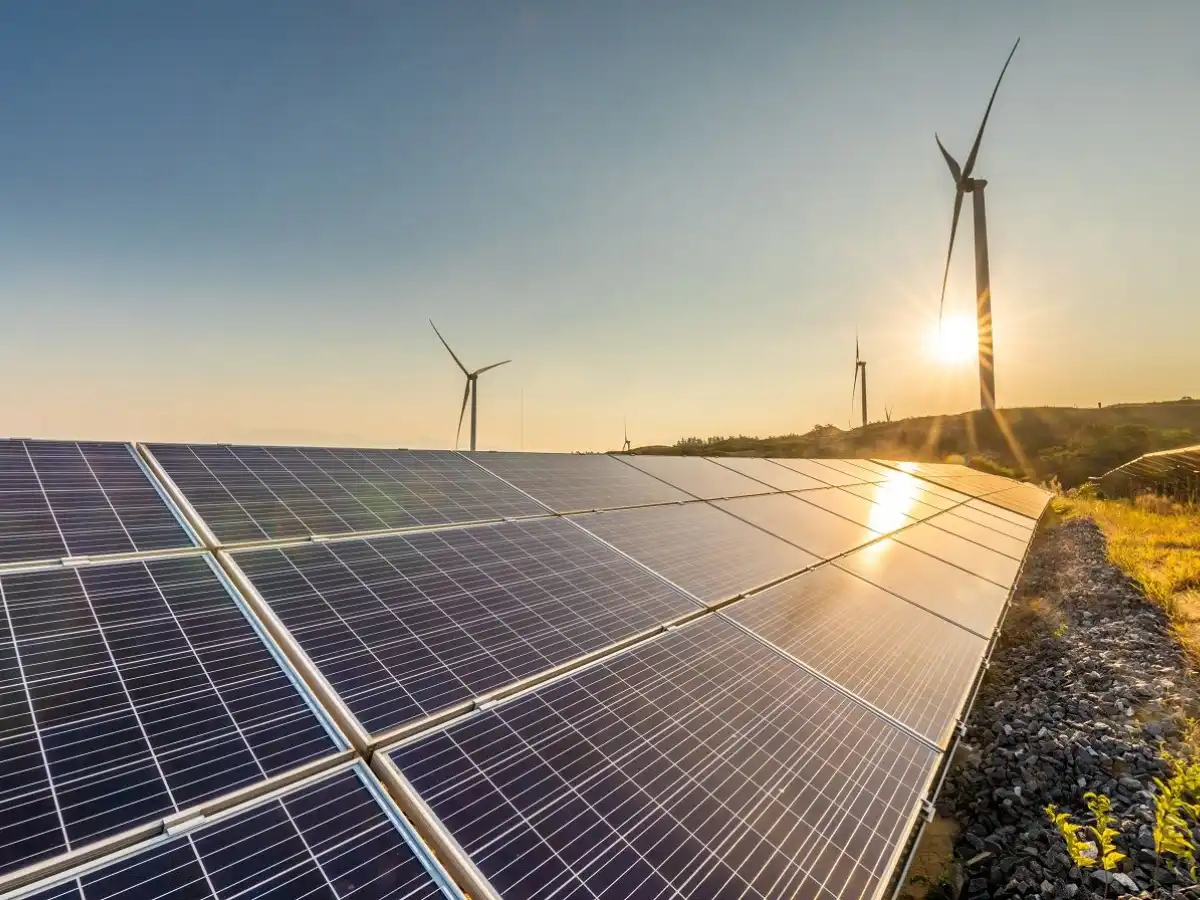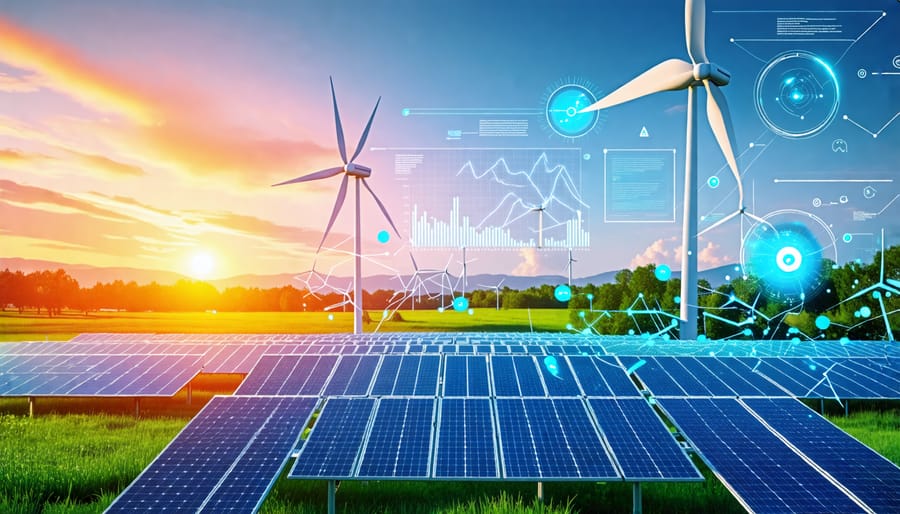Renewable energy is becoming increasingly important as we transition away from fossil fuels and towards a more sustainable future. Two of the most popular forms of renewable energy are wind power and solar power. In this article, we’ll compare the advantages and drawbacks of each form of energy to determine which is more effective.
Wind Power
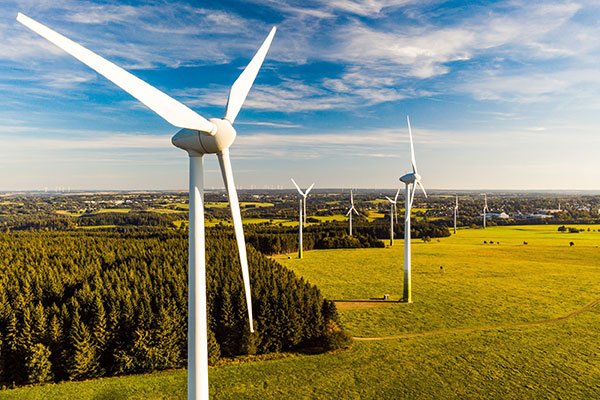
Wind power involves using a wind turbine to capture wind energy and convert it into electricity.
How Wind Power Works
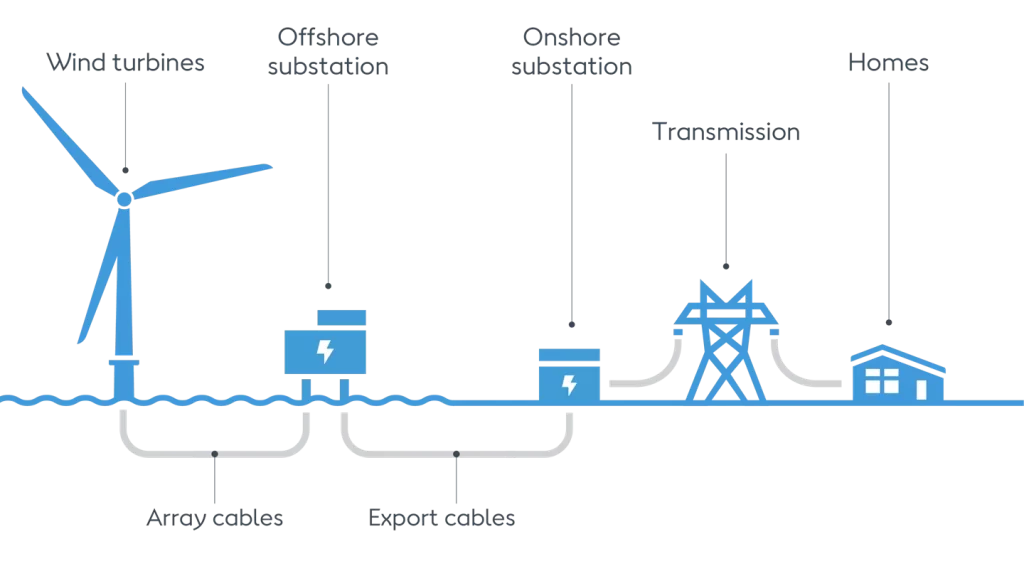
Wind turbines convert wind energy into electricity using a generator that is powered by the rotation of the blades. The blades of are connected to a rotor that turns the generator and produces electricity.
Advantages of Wind Power
Wind power is a cost-effective and efficient source of renewable energy that can be installed in a variety of locations. The cost of wind energy has decreased significantly in recent years, making it competitive with fossil fuels. Wind turbines can also be used in offshore wind farms, which can take advantage of strong winds over the ocean. Wind turbines can convert up to 60% of the wind energy to usable electrical energy.
Drawbacks of Wind Power
Wind turbines can pose a threat to wildlife, such as birds and bats. There is also a need for a consistent wind source to generate power, which may limit its effectiveness in areas with inconsistent wind patterns. Finally, wind turbines can generate noise pollution, which may be a concern for people who live near wind farms.
Solar Power
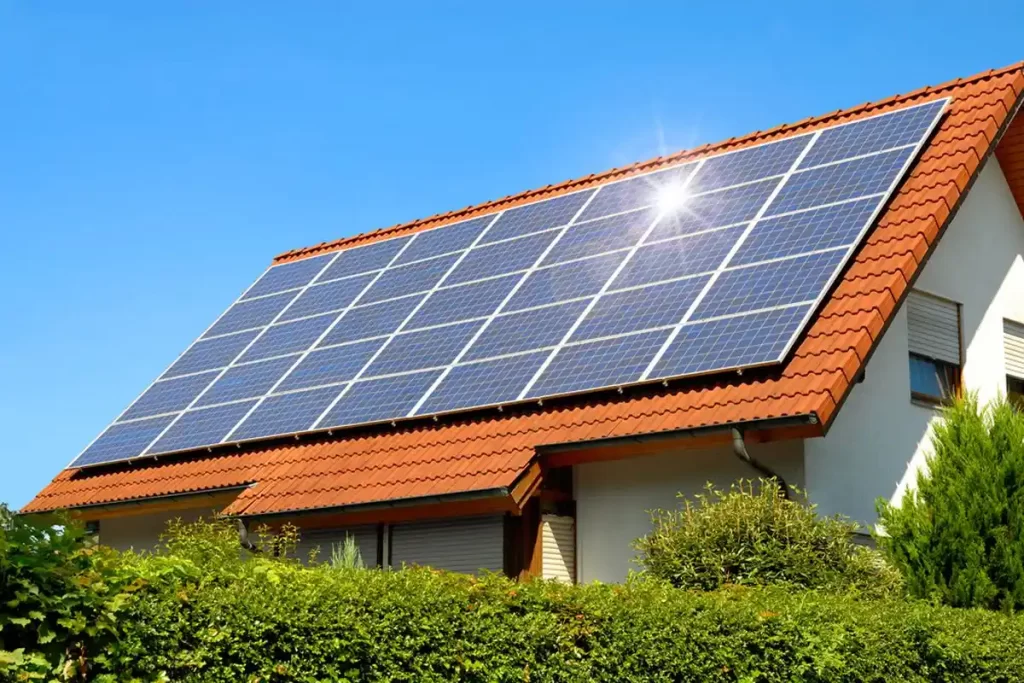
Solar power involves using photovoltaic cells to capture sunlight and convert it into electricity.
How Solar Power Works
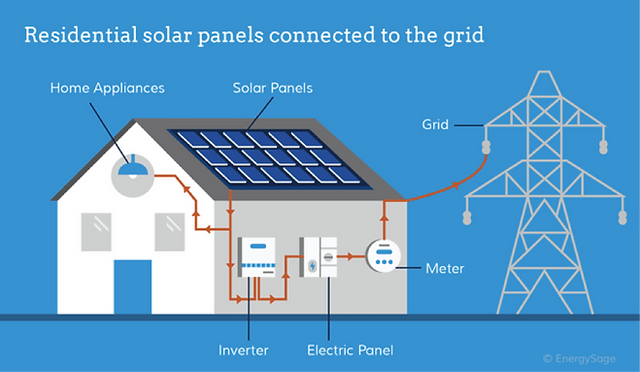
Photovoltaic cells convert sunlight into electricity by absorbing photons and releasing electrons. The electrons are captured by a circuit and used to power electrical devices.
Advantages of Solar Power
Solar power is a clean and renewable source of Solar energy that can be installed on a small scale. The cost of a solar panel has decreased significantly in recent years, making it a more affordable option for generating clean energy. Additionally, solar power produces no emissions during solar energy production, making it an environmentally-friendly option.
Drawbacks of Solar Power
Solar panels can be expensive to install, and consistent sunlight is necessary to generate electricity, which may limit its effectiveness in areas with inconsistent sunlight patterns. The space required for solar panels can also be a drawback, especially in densely populated areas where space is limited.
Comparison of Solar Power vs. Wind Power
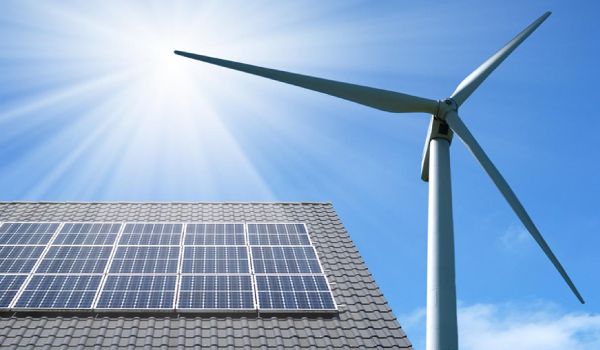
When comparing solar and wind power, there are several factors to consider.
Cost-Effectiveness
The cost of installation and maintenance is an important factor to consider. Wind power may be more cost-effective in areas with consistent wind. Unlike wind turbines, solar power may be more cost-effective in areas with consistent sunlight. However, the cost of both forms of energy has decreased significantly in recent years, making them more competitive with traditional sources of energy. In general, wind power is more cost-effective for large-scale installations, while solar power is more cost-effective for small-scale installations.
Environmental Impact
Both solar energy and wind power have the potential to cause environmental harm if not installed properly. Wind turbines can pose a threat to birds and bats, while solar panels require a significant amount of space and can disrupt natural habitats. However, both forms of energy are cleaner and more sustainable than traditional sources of energy, making them a better choice for the environment. In general, wind power has a larger impact on the environment due to the larger size of wind turbines and the need for large open spaces to install them.
Consistency and Reliability
Wind power requires consistent wind to generate electricity, while solar power requires consistent sunlight. Both forms of energy may not be as reliable in areas with inconsistent weather patterns. However, advances in technology have made both forms of energy more efficient and reliable in recent years. In terms of consistency, wind power may be more consistent in certain locations with high wind speeds, such as coastal regions or mountainous areas. On the other hand, solar power may be more consistent in areas closer to the equator with high levels of sunshine for renewable energy generation.
Geographic Considerations
The geographic location of the site is an important factor to consider when choosing between wind power and solar power. Wind power may be more effective in areas with high wind speeds, while solar power may be more effective in areas with high levels of sunshine. In general, wind power is more effective in coastal areas and mountainous regions, while solar power system is more effective in areas closer to the equator with high levels of sunshine.
Energy Output
The amount of energy produced by wind power and solar power can vary depending on the location and the size of the installation. Wind turbines can produce a large amount of energy, with some turbines capable of producing up to 8 megawatts of power. Solar panels, on the other hand, produce less energy than wind turbines, but can still be an effective source of energy for residential and commercial use.
Storage Capacity
Both wind power and solar power require some form of energy storage to ensure a consistent supply of electricity. Wind power can be stored in batteries or through other energy storage technologies, while solar power can be stored in batteries or through the use of pumped hydro storage.
Conclusion
In conclusion, both wind power and solar power have their advantages and drawbacks. While wind power is cost-effective and efficient, it may harm wildlife and requires a consistent wind source. Solar power is a clean and renewable source of energy that can be installed on a small scale, but has a high upfront cost and requires consistent sunlight.
Ultimately, the best choice depends on the specific needs and conditions of each location. Both forms of energy are clean, and sustainable, and can be used together to create a more reliable source of renewable energy. To combat climate change, it’s important to continue investing in renewable energy sources like wind power and solar power. With proper planning and installation, both forms of energy can provide a sustainable and reliable source of electricity for generations to come.

